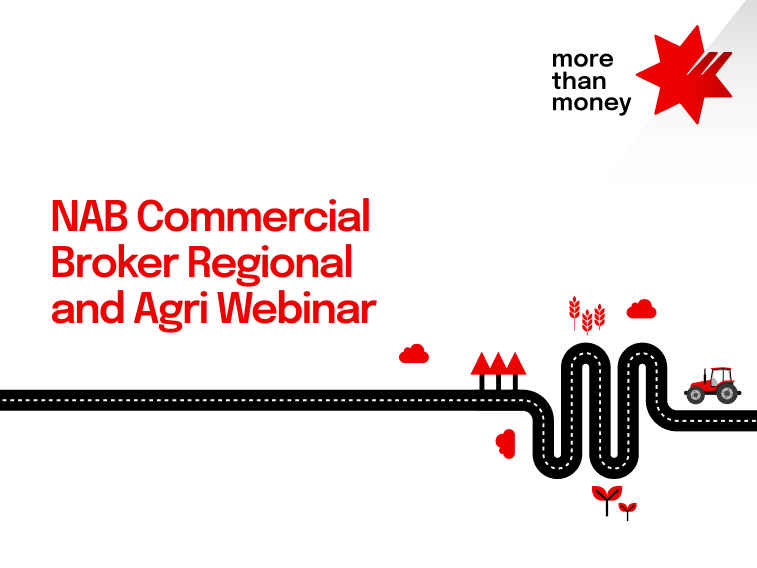An exclusive webinar to help you deliver the best outcomes for your R&A business. Watch now.


Webinar
Good cash flow management is critical to business success. While at times it may prove difficult to manage, it’s important to recognise there are different levers that agribusinesses can consider to help improve their payment systems and free up more cash. Glenn Cox, Senior Agribusiness Manager at the Griffith Agribusiness Centre, suggests businesses consider the […]

Good cash flow management is critical to business success. While at times it may prove difficult to manage, it’s important to recognise there are different levers that agribusinesses can consider to help improve their payment systems and free up more cash.
Glenn Cox, Senior Agribusiness Manager at the Griffith Agribusiness Centre, suggests businesses consider the following:
Cox says there may be room to negotiate with suppliers. “Don’t just take the arrangement for granted, look at what it’s giving you,” he says. “If you have a good track record and have done a lot of business with them, you have leverage.”
He also says it’s important to understand the cost of the relationship, such as interest charges on payments beyond 30 days, as a business with seasonal income may be able to reduce those costs by using bank financing. “The bigger you are, the more business you have and the more capacity you have to renegotiate.”
A regular review of expenses enables managers to see where they can cut back and Cox says reliable and relevant software will provide data that assists managers to track how the business is performing against forecasts.
“A seasonal facility should be for seasonal requirements,” Cox says, explaining that careful planning is the key to efficient use of a seasonal facility or overdraft because it enables managers to estimate cash flow needs and pay only for credit used.
A business can also identify whether it has a proportion of ‘core debt’ that may be more cost effective to restructure into a longer term loan.
“If you can see hard core debt in your overdraft, you can look to restructure it into a more cost-efficient facility, over a term that is more appropriate,” says Cox. “There is no one-size-fits-all approach; you can get a solution that’s tailored to you.”
Owners should also consider financing options when buying equipment, even if they have cash in the bank, as drawing on savings can reduce cash flow later. It may make better sense to borrow so payments are made over the life of the equipment.
As businesses build scale, it’s important that they maintain an appropriate level of risk management and Cox says owners need to maintain contact with advisers, such as their accountant and agronomist, who can assist with planning for growth.
In emphasising that considered planning is vital to cash flow management, Cox says producers will benefit by being conservative in their projections. “It’s better to understate your income and overstate expenses so you ensure that you have the right cash flow solution and sufficient cash flow in place.”
© National Australia Bank Limited. ABN 12 004 044 937 AFSL and Australian Credit Licence 230686.